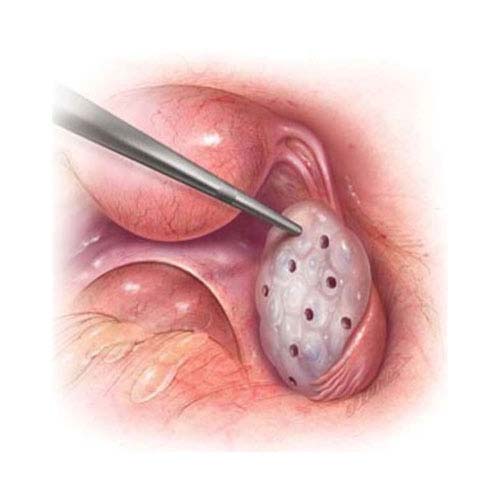Laparoscopy & Hysteroscopy for Infertility
What Is Laparoscopy?
Laparoscopy is a diagnostic and surgical procedure that is performed for infertility and different conditions. Laparoscopy for infertility generally includes making 2 tiny cuts, one at the pubic hairline, and the other at the navel. The laparoscope, which is a little telescope-like device is placed in one opening and surgical tools are placed in the other.
The laparoscope enables the fertility expert to see the internal organs that including the ovaries, uterus, tubes, and different structures. Numerous complex medical procedures that were once needed to open the abdomen (laparotomy) are presently performed utilizing the laparoscope, which is an outpatient technique. There is little pain related to a laparoscope and the recuperation time is short. It likewise costs less when compared with other techniques.
A reproductive endocrinologist or fertility expert ought to do the diagnostic laparoscopy. Fertility doctors are well-experienced in performing delicate microsurgical procedures. One major cause to choose an expert is that numerous conditions, like endometriosis, can be treated during the diagnostic laparoscopy, subsequently disposing of the requirement for a recurrent procedure.

What Is Hysteroscopy?
Hysteroscopy is a surgical procedure that includes the fertility expert who views the uterus (uterine cavity) utilizing a unique instrument known as a hysteroscope. The hysteroscope has a tiny telescopic lens that is put through the cervix into the uterus. Saline is infused into the uterus to enlarge the uterine wall and permit the visualization of the uterine cavity. The hysteroscope is appended to a camera and can be seen on a video screen.
The test is performed between cycle days 6-10, with Cycle Day 1 being the primary day of the period. On the off chance that full progression of menses doesn't happen, a blood pregnancy test will be gotten before the procedure. Patients going through this procedure will be urged to take 800 milligrams of ibuprofen or another over-the-counter pain medication one hour before the procedure as cramping might be experienced when the hysteroscopy is done. An antibiotic, doxycycline (100 mg), may likewise be endorsed to forestall a uterine infection. Doxycycline will be required twice day by day, beginning the day preceding the HSG, and proceed for a sum of 3 days—the other day, the day of, and the day after the hysteroscopy.
